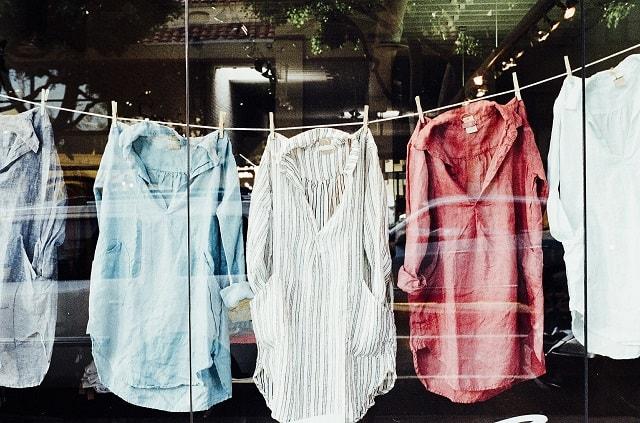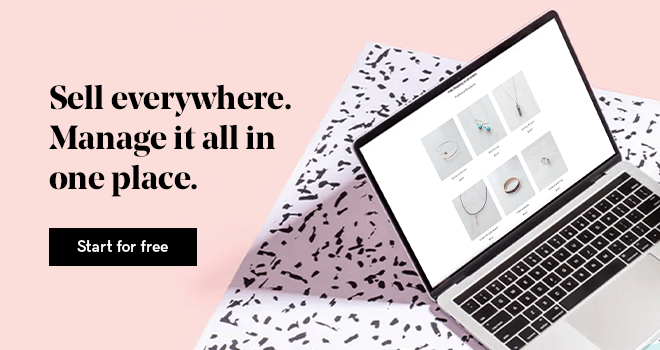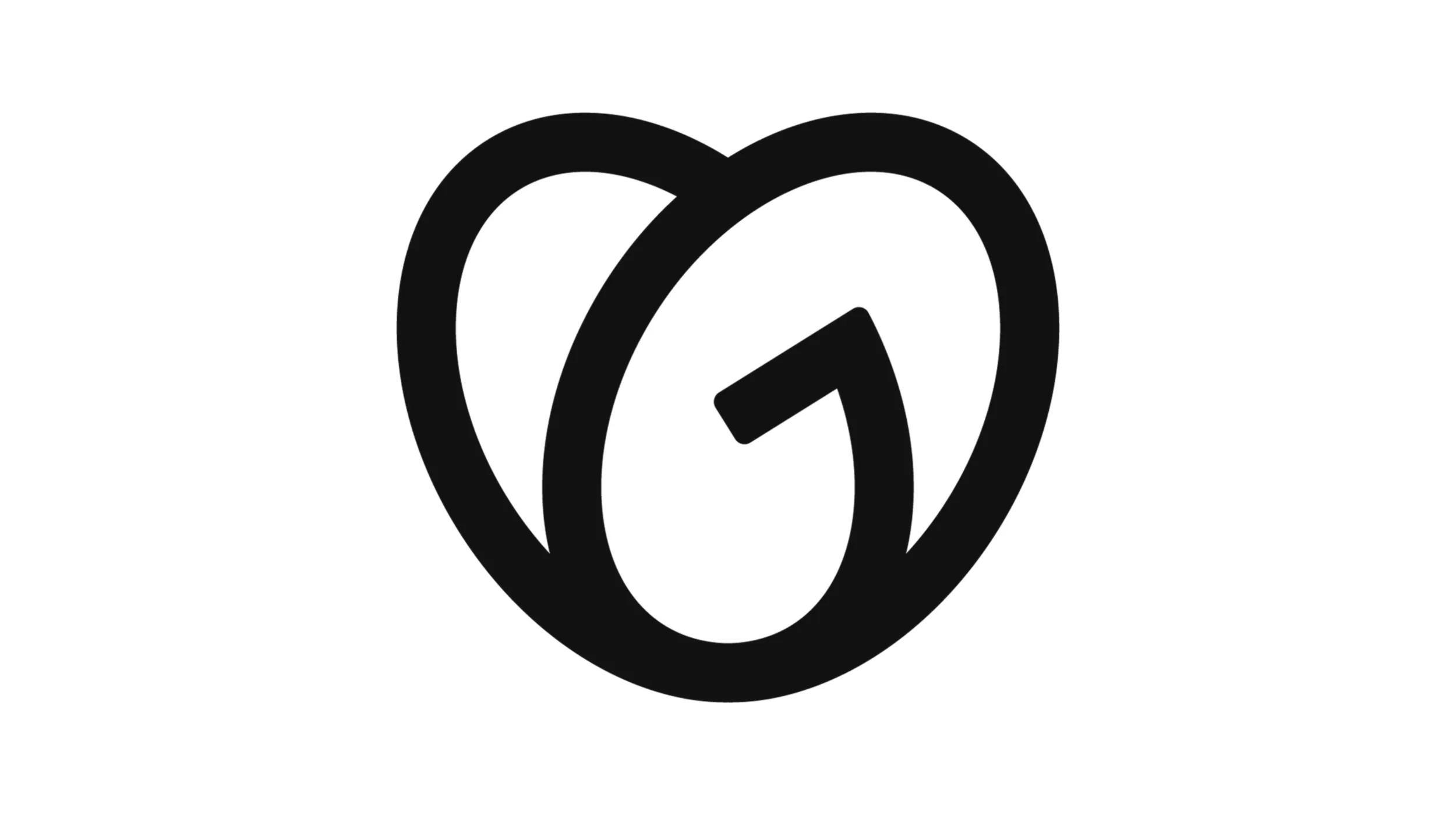Starting a clothing brand isn’t easy. There are so many apparel businesses out there and getting noticed is one of the hardest things to do. If you can’t seem to get your sales where you want, here are some methods to try to sell clothing products.
5 methods to sell clothing products
Whether you’re just starting out or have owned a store for some time and are looking to boost your sales, these tips might help.
Find the root cause.
Target your audience.
Sell at a discount.
Look into a public selling platform.
Seek out new markets.
Ready to dive in and figure out why your wares aren’t selling? Let’s review these tips a little closer.
1. Find the root cause
If your products aren’t selling, the first thing you should do is sit down and try to figure out why. Here are three main areas to think about:
Price
If your clothing isn’t selling, it could have to do with your pricing. Before you started your clothing line, I’m sure you did your research and compared your prices to other companies out there. As a clothing line owner myself, I conducted my original cost comparison against the brands you see in stores. Since I have a streetwear line, I looked at Supreme, The Hundreds, Obey and other streetwear brands you see in Zumiez, Industrial or Hypebeast. Although my product was fairly priced in comparison to the name brands, my products hardly sold in the beginning.
I’m going to be harsh, only because this is the cold truth I have come to realize.
As much as you believe in your product, you have to remember that you are not a name-brand company — at least not yet.
Your family and friends might support you, but the general public doesn’t know who you are. Until you can get some level of recognition, not everyone will be willing to whip out a chunk of change to support a no-name brand. If no one else seems to be buying into your apparel, rethink your pricing strategy to sell clothing products.
Marketing
Have you marketed enough? If your clothing products aren’t moving, it’s possible that people just haven’t found your brand yet. While money isn’t the most important thing in the world, having it and using it gives you an advantage in the world of eCommerce.
Put your money where your marketing is.
If you have a small marketing budget, start with social media. Promoting posts can cost as little as $5. If you have a bigger budget, research how much it takes to bring your clothing brand up in the Google search rankings and experiment with AdWords to boost your keywords.

The product itself
We all think we have great ideas when we first start out. If you’ve had ample marketing and people are seeing your products, but still aren’t purchasing, it could be that people just aren’t buying into your actual product.
When it comes to taking risks, I rarely gamble. But in the world of clothing, pushing out products is essentially one giant game of chance.
You design or buy products you believe will sell, determine how much of each item you think will sell and hand over the credit card to your potential doom. As much as it stings to be incorrect, sometimes you need to accept the fact and let it go.
Keep in mind, in the grand scheme of things, these are only three factors as to why your efforts to sell clothing products are falling short. Once you’ve taken a brief hiatus and looked at your clothing line objectively and figured out why your products aren’t selling, you can try the following methods to regroup and refresh.
2. Target your audience
If your products aren’t selling, you might not be in front of the right audience. You wouldn’t try to sell burgers to a group of vegans, would you? The same thing goes for clothing. You need to find your customer base.
Take a look at your clothing line and make a list of similarly styled name-brand clothing lines. Do a search on social media and see the types of accounts that follow your competition. Interact with those accounts by commenting and liking photos, and hopefully, your engagement will prompt that new account user to be a potential customer.
One way to figure out your audience is to conduct a survey. Whether you include a survey in your newsletter, post a link or conduct in-person interviews, the goal is to ask simple but enlightening questions that will give you greater insight into your audience.
Below are a few topic ideas:
Spending habits
Asking your customers about their spending habits can give you great insight. Knowing what they typically spend versus how much a splurge item is gives you a range of how much your average customer can spend.
- How much do they typically spend on a specific piece of clothing?
- How often do they buy clothing every month?
- What price range do they consider a “splurge?”
Favorite brands
Seeing what brands your customers like can give you an idea of who your competition is. By knowing the favorite clothing brands of your customers, you can see the designs, aesthetic and price ranges of each brand and see how your brand compares.
- What are their favorite clothing brands?
- Where do your customers typically go shopping (online, the mall, boutiques, etc.)?
Interests

What interests are your customers engrossed in? Knowing what your customers do in their free time can spark ideas to sell clothing products with new designs.
- Hobbies
- Activities
- Movies and TV shows
- Music
- Sports
- Educational interests
Geographic location
How far is your reach? Are your customers centralized to your physical location? Or, are they overseas? Maybe you thought your customers are localized in the U.S., but actually you have a big customer base that lives internationally — because of that, you now allow international shipping and are able to get more sales.
- Where do the majority of your customers live?
- Are they local? In the United States? International?
General demographics
You can never go wrong with gathering general data. Knowing basic demographics can help you tailor your products to fit the needs of your customers.
- How old are they?
- What is their gender?
- What is their relationship status (single, married, divorced, etc.)
- How much is their yearly income?
Personal opinions
Give your customers a chance to speak for themselves. Even if you’re scared to learn what people really think about your clothing brand, you need to hear it. Make sure your survey is anonymous so people (especially those closest to you) can offer a no-sugarcoat truth. You never know. Hearing the reactions about your brand could be the catalyst to reigniting your business in the best way possible.
- What do they think of your clothing brand?
- Do they think your prices are competitive?
- Do they like your designs?
- What kinds of things do they want to see?
3. Sell at a discount
If your clothing products are sitting on the shelf, try out a sale. Promote your sale on social media and add an announcement bar on your website so people know right away they can receive a discount. To add some extra oomph, email your newsletter subscribers about the sale with links to particular items.
Having sales are a great way to test whether people aren’t buying your products due to the price.
If your clothing pieces go on sale and the number of purchases significantly increases, you’ll know people think your original pricing is too high and are much more willing to support your brand at a lower sticker price.
4. Look into a public selling platform
If your clothing brand sells solely on your ecommerce store, try pushing your product on a more public selling platform. Promoting your clothing on established selling sites like Etsy or Poshmark may give you more eyes on your products. Add tags and keywords to each product you post to make them more searchable. If you have the funds, look into paying to have your products featured in areas of the website that get the most hits.
5. Seek out new markets
The internet is full of thousands — scratch that — billions of articles, businesses and content. With so much product and digital noise out there, it is dang hard to get noticed. If you have been selling online for a while now and are still struggling, look into local markets or festivals where you can sell your products.
Don’t underestimate the power of foot traffic!
Festivals and markets attract large audiences in general. If the event is in one definitive location where people walk along a predetermined path, your booth will, for a fact, get seen. The great thing about markets and festivals is that you don’t need to bring people. Instead, people are brought to you. As the saying (kind of) goes: if you bring it, they will come and if they come, you should have some payment options, including a POS system.
In conclusion
So there you have it — five things to consider when you’re trying to sell clothing products online. One more quick bonus tip? If you want to boost local activity, you can try GoDaddy’s Local Business Listings. Showcase your business on prominent directories, like Google, Yelp, Bing and more, so your buyers can find you. Happy selling!








